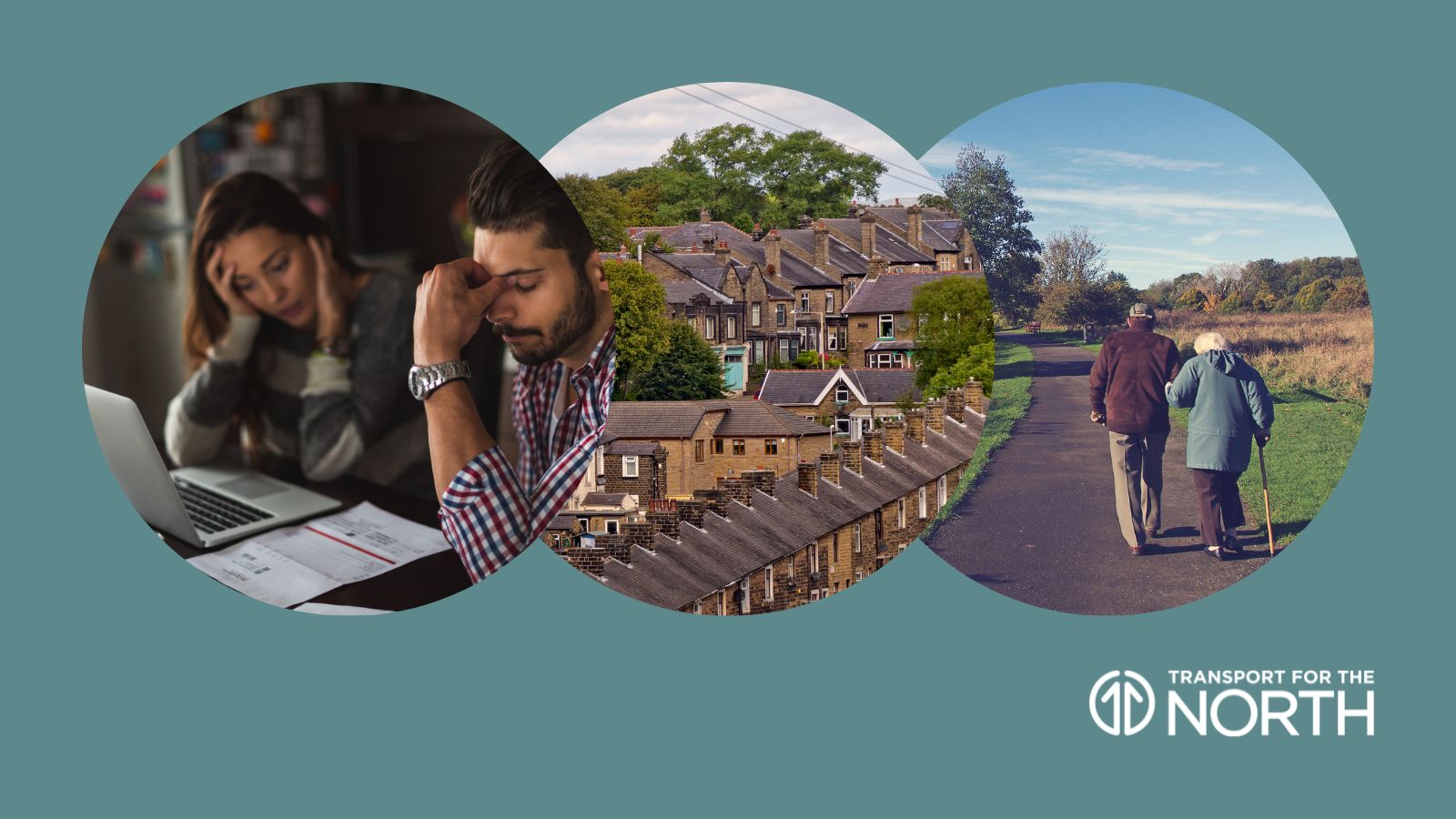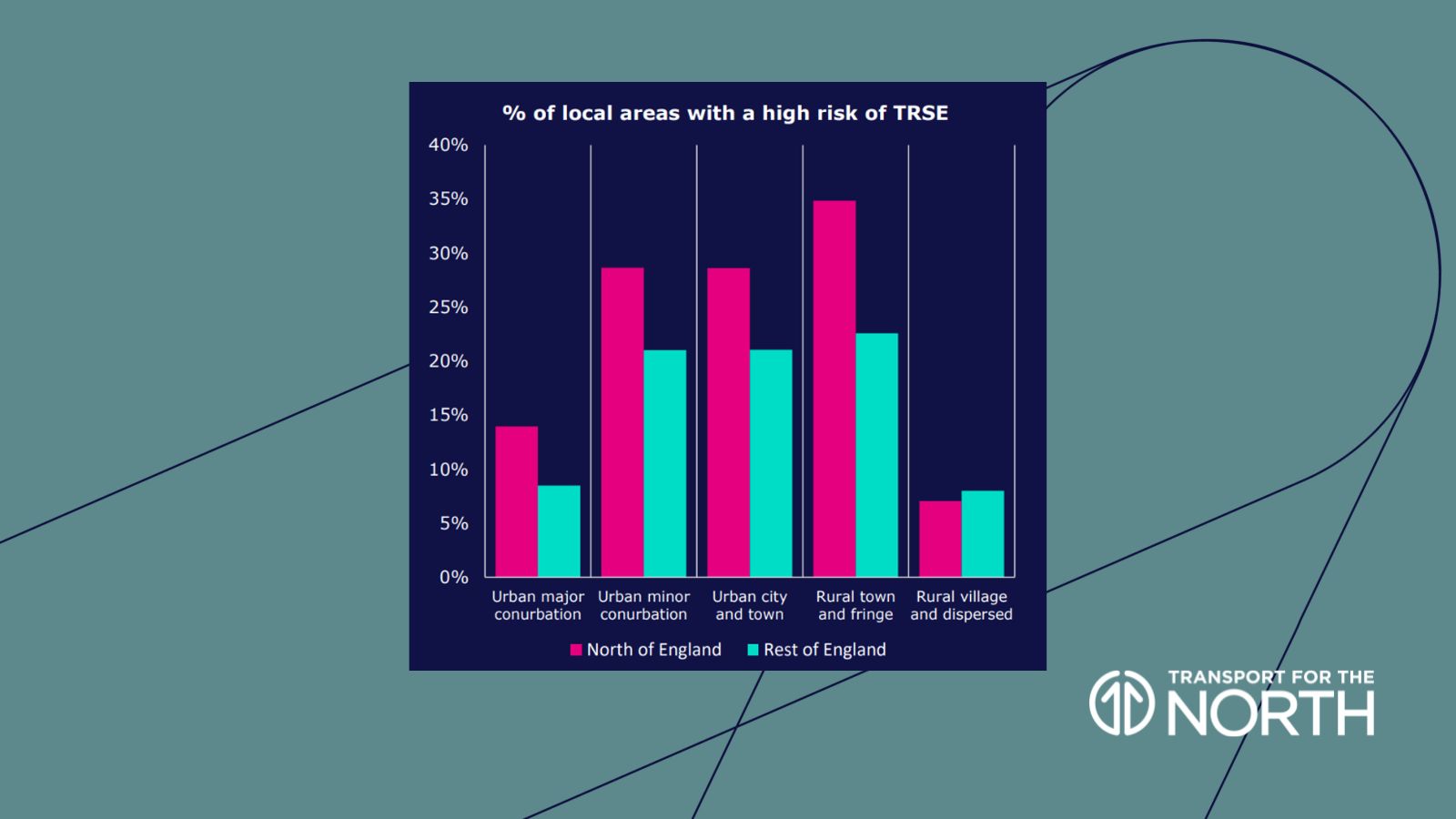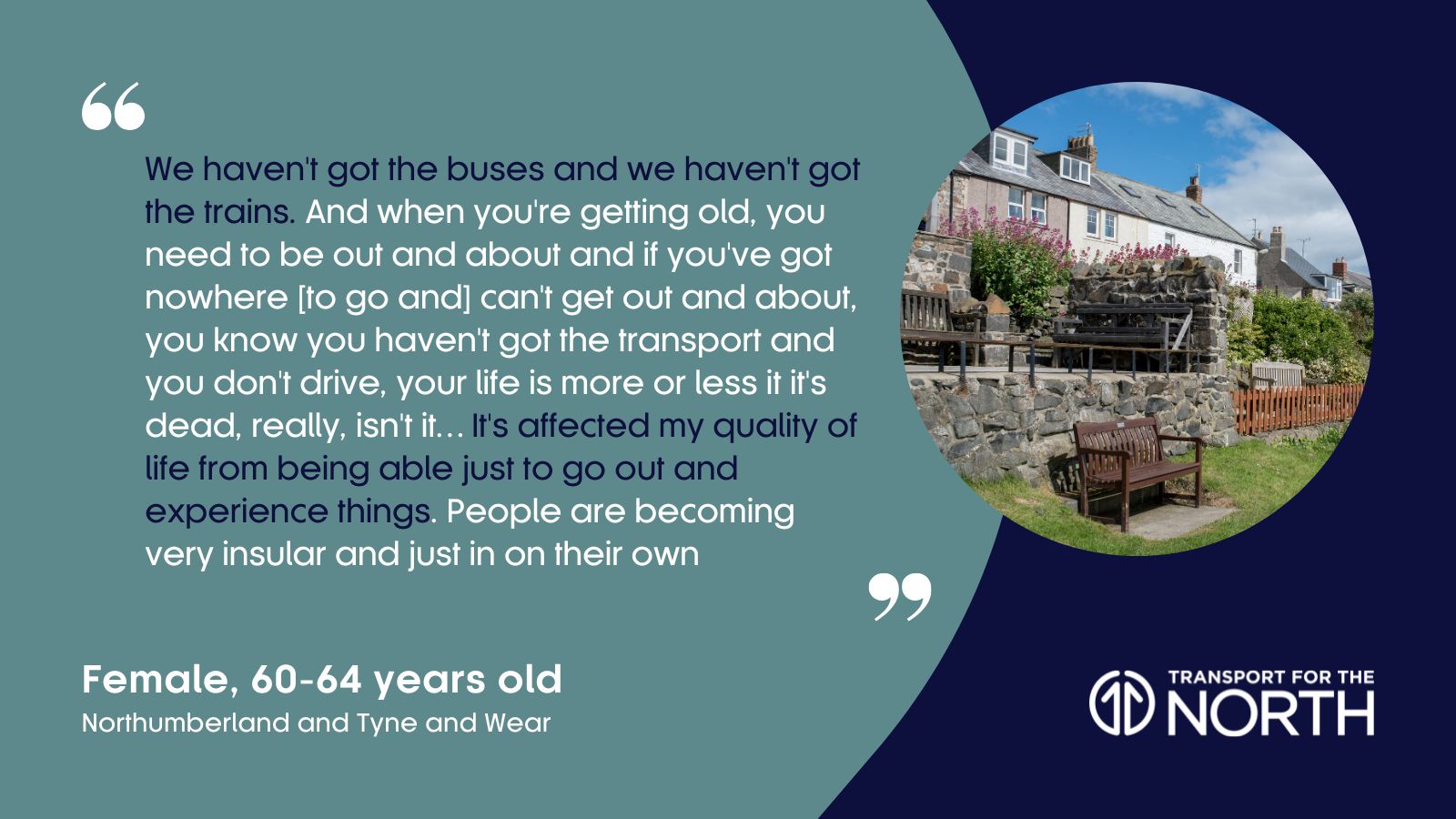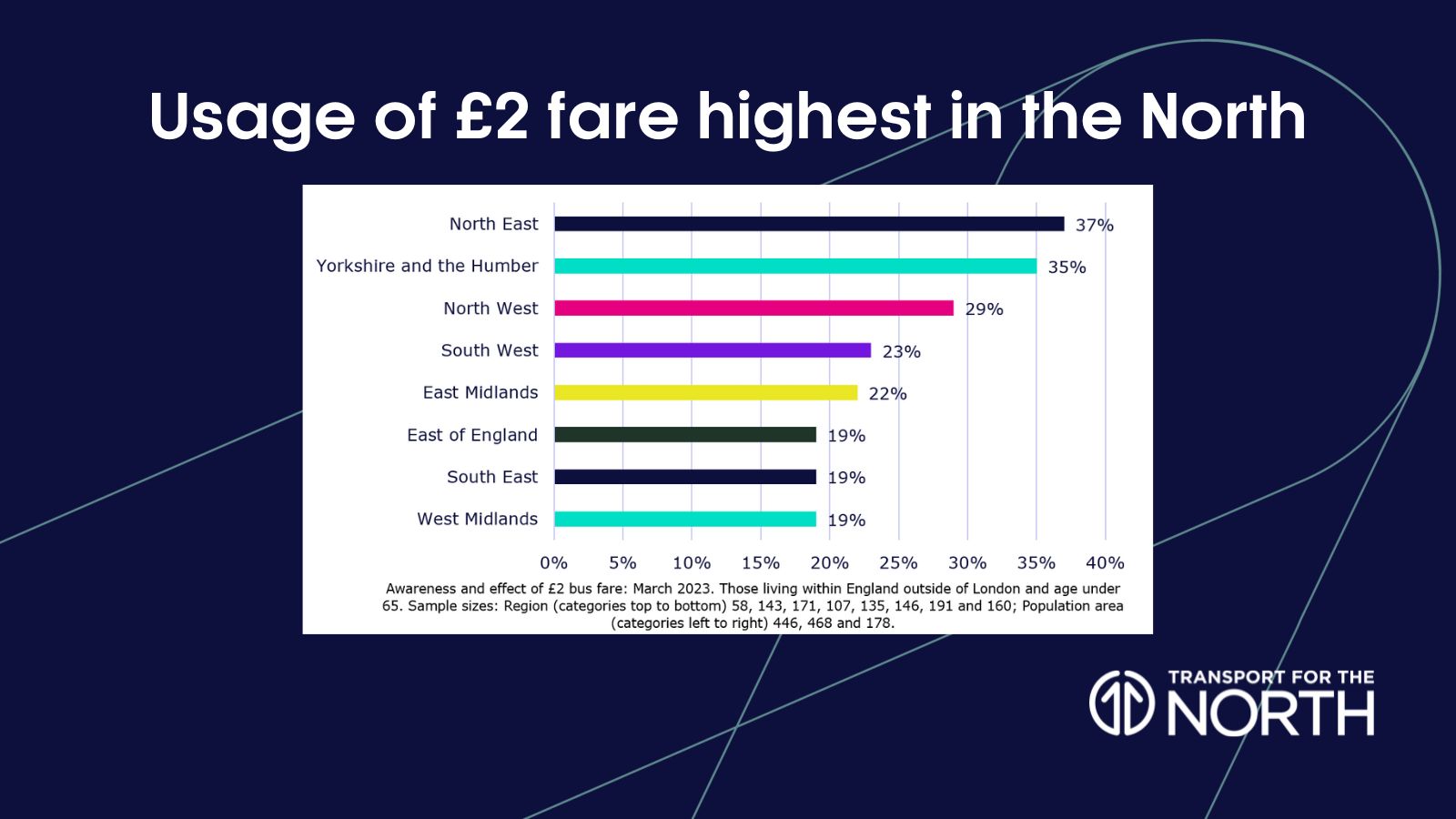The cost-of-living is changing the way we get around. How, why and where we travel has shifted for many, but there are worrying signs that high inflation is hurting the transport choices of disadvantaged communities more than others and exacerbating transport-related social exclusion.
We’ve all become familiar with, and perhaps even accustomed to, the sharp price increases of everything from fuel to food, mortgages and rents to utilities
Despite inflation falling to 6.4%, as of July 2023, the impacts these price hikes had are still felt by many. For example, close to half of all adults in Britain are buying less food than usual, four-in-ten are struggling to afford their rent or mortgage payments and 36% are cutting back on non-essential journeys.
This can lead to a vicious cycle of social exclusion: people have less money, they travel less, public transport operators see less patronage and so cut routes and frequencies, leading to fewer travel options, and therefore, fewer opportunities.
In May 2023, Transport for the North (TfN) published a transport-related social exclusion, or TRSE, reduction strategy, called Connecting Communities. The Strategy sets out how we will work with our partners to significantly reduce TRSE by 2050 across the North.
In this strategy, we committed to investigating cost-of-living impacts and how they may be intersecting with TRSE.
Read the The Cost of Staying Connected paper

TfN has proudly been at the forefront of investigating social exclusion, and more specifically, TRSE across the North of England, both in terms of its prevalence in our part of the world and what exclusion looks like for our communities, with a clear focus on how this impacts peoples’ travel and affects their social equity.
Our TRSE research was and remains clear: 3.3 million, or 21.3% of people live in high risk areas of TRSE across the North. Elsewhere in England the figure is 16%, showing Northern communities are substantially more at risk from being excluded than elsewhere. Those on low incomes, with disabilities and long-term health conditions and caring responsibilities are particularly impacted. Incidentally, these groups along with women, younger people, LGBTQ+ people and those from ethnic minorities are particularly vulnerable to the cost-of-living as well.
The increase in the cost-of-living coupled with TRSE being so prevalent in the North creates an even more likelihood of a vicious cycle of exclusion in our region.

Our new cost-of-living research shows that of the impacted populations we spoke with, most had reduced their travel frequency due to the costs associated with both the act of travel and the costs required when they get to the destination.
For some, the cost-of-living led them to find alternative modes of travel; some were taking up active travel more where they could on shorter, more local journeys, whereas others were seeking out domestic flights to go further afield where train prices were too expensive and deemed unreliable.
However, some were not afforded this luxury. Cuts to local bus services have made some feel isolated and unable to take part in society in ways they used to or would have previously. The result of this is an overall decline in their mental health and wellbeing. Feelings of anxiety, loneliness, embarrassment, guilt and even depression were cited by participants of the study when talking about how the cost-of-living has made them reduce their travel and what the effect this had on them.

The £2 bus fare scheme was seen to be popular for some in the study. People were using buses for the first time in years due to it being a cheaper and more appealing option over driving. There were some who said bus cuts in their area meant it wasn’t something they could take advantage of despite wanting to.
Government interventions such as this are key to keeping communities and areas mobile and connected, and they provide a lifeline to operators who are making financial decisions based upon patronage levels.
This finding was also consistent with research done by Transport Focus which showed the North has increased its bus use in the light of the £2 fares:

Researching transport-related social exclusion remains a key priority for us at TfN and we are always looking to expand our knowledge and evidence base on this issue.
By continuously building our evidence base, and working with our partners, we are making the case for change and investment for the North to help keep our region well connected and socially inclusive for all its citizens.
Read the report in full by clicking the cover below: